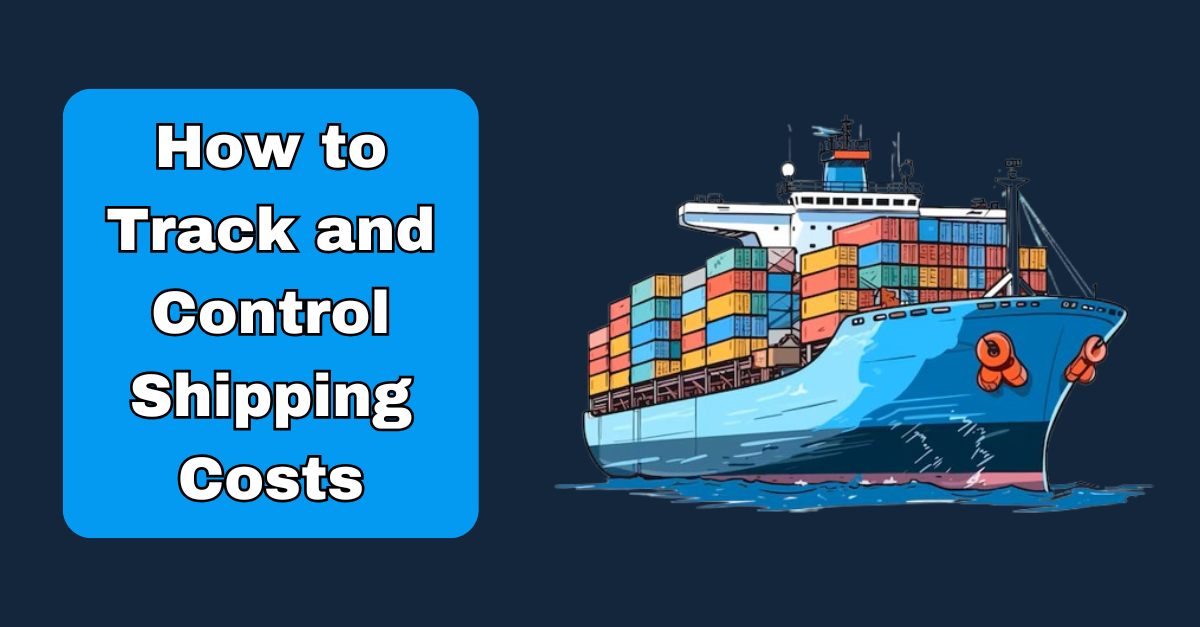For fast-growing brands, inventory is often a double-edged sword. On one hand, you need enough stock to meet demand. On the other, too much inventory – especially slow-moving, obsolete, or excess stock (SLOB) – can choke your cash flow, tie up valuable space, and erode your margins.
SLOB stock doesn’t just happen overnight. For small but fast-scaling businesses, it’s often a result of growing pains, like misjudging demand, manual processes, or a lack of visibility. The good news? With the right strategies, you can stay ahead of the curve and keep your inventory lean and efficient.
Get a Grip on Your Numbers
If you’re still running inventory on spreadsheets, now’s the time to level up. Fast-growing brands need systems that give real-time visibility into stock levels, sales trends, and reorder points. Look for inventory software or an ERP that fits your size and budget. Tools like this can flag slow-moving items before they pile up and keep you focused on what’s actually selling.
Don’t guess at demand. Use your sales data, seasonality trends, and insights from your customers to plan smarter. As you grow, staying data-driven is the difference between scaling efficiently and drowning in unsold stock.
Think Lean, Not Big
Growing brands often fall into the trap of over-ordering to “be prepared.” But more stock isn’t always better. Adopting lean inventory practices, like just-in-time (JIT) purchasing, ensures you’re stocking only what you need, when you need it. This approach not only reduces SLOB risk but frees up cash flow for other growth priorities.
Regular Stock Audits Are Your Friend
When you’re growing quickly, it’s easy for things to slip through the cracks. Regular stock audits – where you physically count inventory and compare it to your records – can save you from expensive mistakes. These audits help you catch slow-moving or excess inventory early so you can adjust your strategy before it’s too late.
Bundle, Discount, Repeat
Even with the best planning, you’ll occasionally find yourself with inventory that’s just not moving. Instead of letting it collect dust, be proactive. Bundle slow-moving products with bestsellers, run targeted promotions, or offer discounts to clear it out. It’s better to move that stock at a lower margin than write it off entirely.
Build Strong Supplier Relationships
As a smaller brand, your suppliers can be allies in managing your inventory risk. Negotiate flexible terms like smaller order quantities or consignment arrangements where you only pay for what you sell. Having that flexibility can make a big difference when you’re still finding your footing.
Rotate Stock Like a Pro
For growing brands, it’s easy to let older inventory get buried under the newer stuff. A First In, First Out (FIFO) strategy ensures older products are sold first, reducing the risk of expiration or obsolescence. This is especially critical if you’re in industries like food, beverage, or beauty where freshness matters.
Keep Your Supply Chain Agile
Small brands have the advantage of being nimble. Use that to your benefit. Work toward building an agile supply chain that can respond quickly to demand changes. This doesn’t mean you need a massive logistics team; it just means focusing on partnerships and systems that let you pivot quickly without overcommitting to stock.
Get Your Team on Board
SLOB prevention isn’t just about tools – it’s about teamwork. Make sure your team understands the importance of inventory management and how it ties into your growth goals. Whether it’s keeping accurate records, flagging slow-moving items, or forecasting demand, everyone plays a role.
For fast-growing brands, preventing SLOB stock is all about staying proactive and agile. With the right systems, processes, and mindset, you can scale your inventory in line with your business – and avoid the costly mistake of overstocking.










